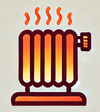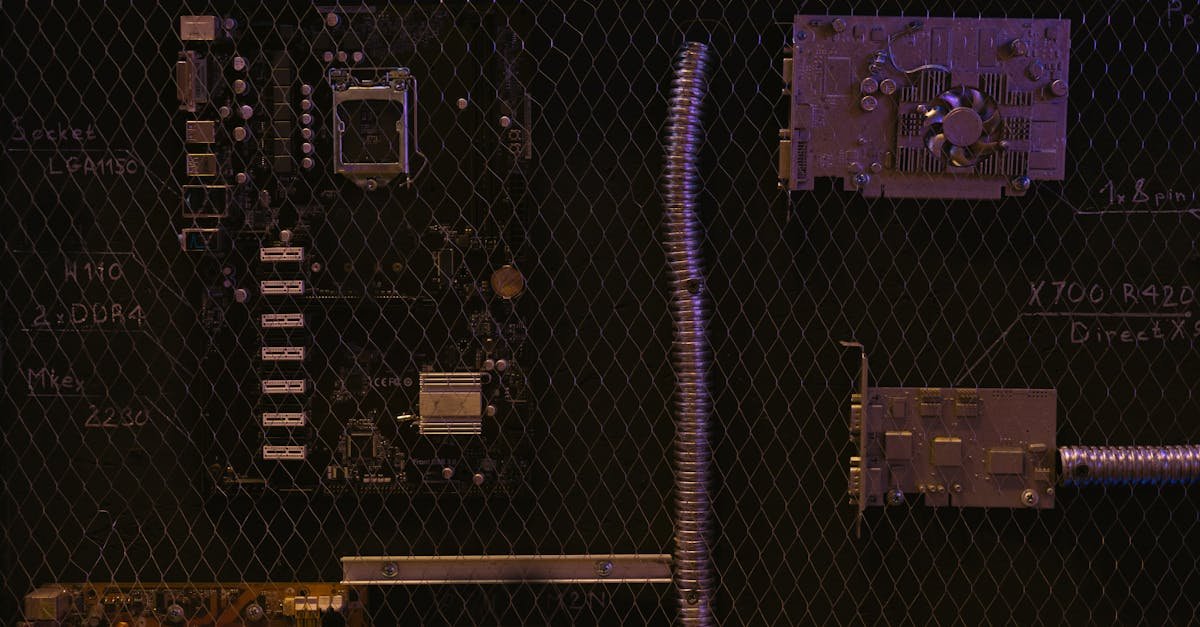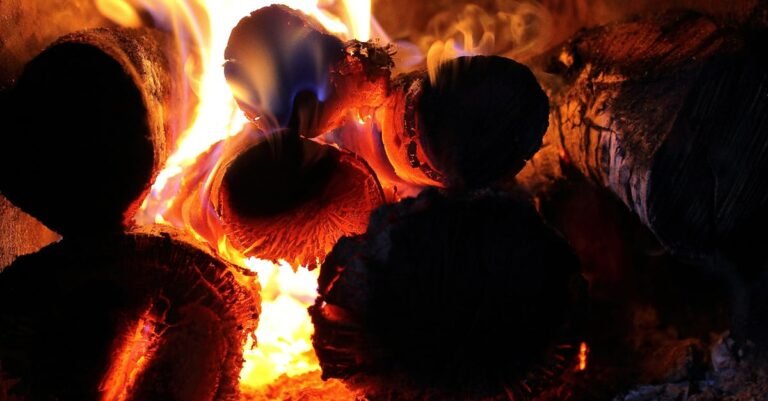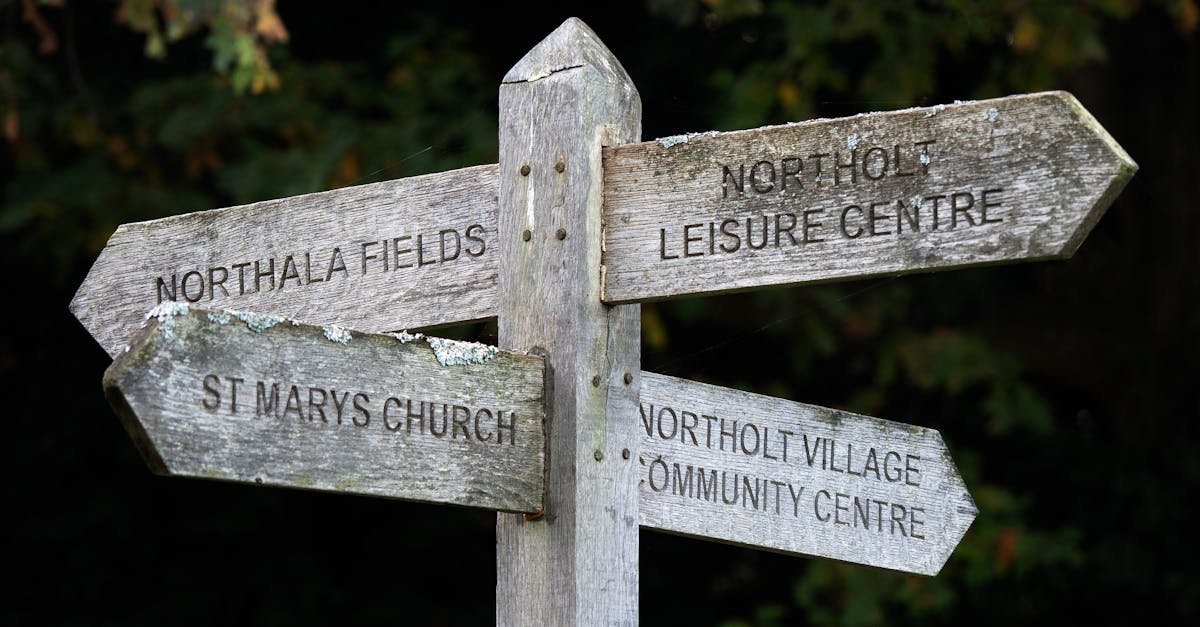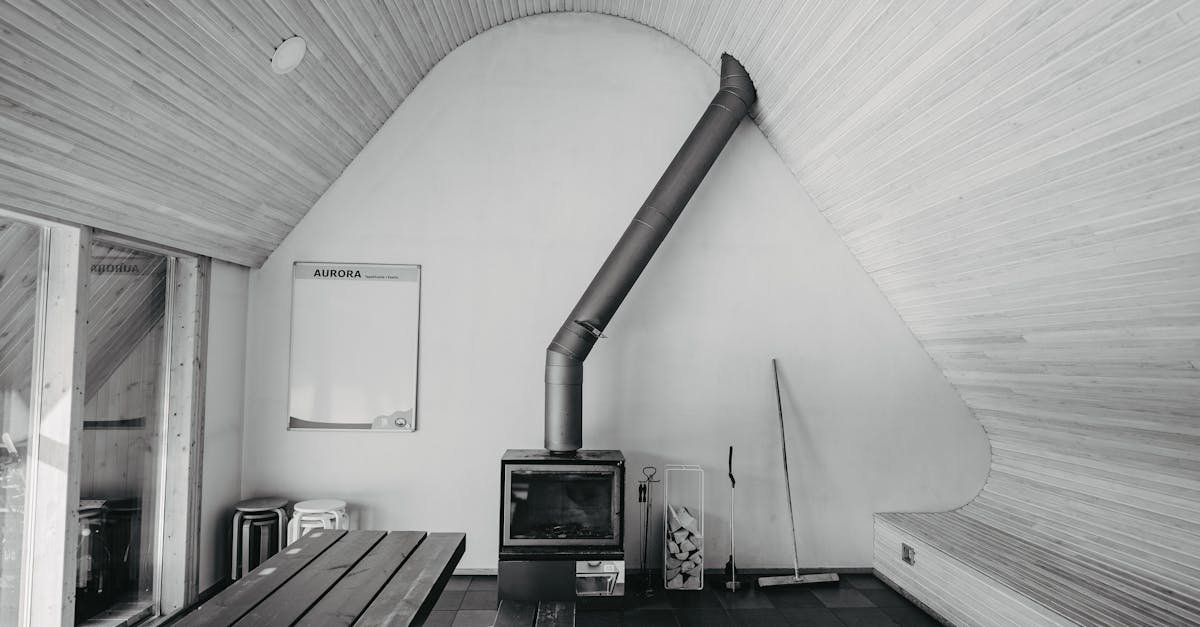To wire a baseboard heater, you’ll typically connect the power supply to the heater’s terminal block, ensuring the circuit is off before starting. Use 12 or 14-gauge wire depending on your heater’s amperage and follow the manufacturer’s instructions for proper connections.
Understanding the wiring diagram is crucial for a safe and efficient installation. It helps you identify the right connections and ensures your heater operates correctly. With the right diagram in hand, you can confidently tackle your baseboard heater project and enjoy a cozy home in no time.
Understanding Baseboard Heater Wiring Diagrams
Baseboard heater wiring diagrams show how to connect and operate heaters safely. Knowing these diagrams helps you avoid mistakes during installation.
Importance of Accurate Wiring
Accurate wiring ensures your heater operates safely and efficiently. Incorrect connections could lead to electric shorts or fire hazards. Following the wiring diagram guarantees proper circuit loads and limits overheating. Always verify your connections, and pay attention to color codes and terminal placements. Using the right wire size, like 12 or 14-gauge, matches the amperage needed.
Common Wiring Configurations
Baseboard heaters often use two common wiring configurations: series and parallel.
- Series Configuration: In this setup, heaters connect in a single line. Power flows through each heater, requiring a bit more from the power source.
- Parallel Configuration: Each heater connects directly to the power source. This configuration offers consistent heat across units, allowing individual operation.
Understanding these configurations aids in planning your system. Proper layout ensures efficient heating and simplifies troubleshooting later. Always refer to the manufacturer’s instructions for specific wiring requirements.
Components of a Baseboard Heater
Baseboard heaters consist of several key parts. Each plays a role in providing warmth to your space. Knowing these components enhances your understanding of the wiring process.
Types of Baseboard Heaters
- Electric Baseboard Heaters
Electric models use electricity to heat wires. They convert electrical energy into heat. You often find them in smaller spaces or zones. - Hydronic Baseboard Heaters
Hydronic heaters circulate hot water through pipes. The water heats the metal fins, distributing warmth. These systems work efficiently for larger areas. - Steam Baseboard Heaters
Steam units use steam from a boiler. The steam travels through pipes to heat the unit. They maintain comfort but require more maintenance. - Dual-Fuel Baseboard Heaters
Dual fuels combine electricity with gas or oil. They offer flexibility for homeowners. You can choose the most economical heating source available.
- Screwdrivers
Use flathead and Phillips screwdrivers. They’re essential for securing connections and mounting units. - Wire Strippers
Wire strippers strip insulation from wires. Proper stripping ensures good connections and efficient heating. - Pliers
Use pliers for bending and twisting wires. This aids in making secure connections in tight spaces. - Multimeter
A multimeter measures voltage and resistance. It helps verify electrical connections before powering on. - Electrical Tape
Use electrical tape to insulate connections. This tape prevents shorts and maintains safety.
Understanding these components equips you for a successful baseboard heater installation. You can confidently tackle wiring with the right knowledge and tools.
Step-by-Step Guide to Wiring a Baseboard Heater
Wiring a baseboard heater requires careful attention to detail. Follow these steps for a safer and more efficient installation.
Safety Precautions
Turn off power at the circuit breaker. This ensures safety during installation. Use insulated tools to avoid electric shock. Wear gloves for added protection. Verify voltage with a multimeter before touching any wires. Double-check that the correct wire gauge matches your heater’s requirements. Keep your workspace clean and organized to prevent accidents. Secure all connections tightly to avoid loose wires or shorts.
Wiring Process Overview
Gather all necessary tools and materials. You’ll need 12 or 14-gauge wire, wire strippers, screwdrivers, and electrical tape. Start by connecting the wires to the heater as instructed in the wiring diagram. Attach the black wire to the power terminal and the white wire to the neutral terminal. Use wire nuts to secure connections, then cover them with electrical tape. Run the wires through the wall or baseboard, ensuring they aren’t pinched or damaged. Finally, connect the heater to the wall outlet or junction box. Once complete, turn the power back on and test the heater. Make sure it operates correctly.
Troubleshooting Common Wiring Issues
Wiring issues can disrupt your baseboard heater’s performance. Identifying these problems early prevents larger issues. Look for signs like flickering lights, unusual sounds, or insufficient heating.
Identifying Wiring Problems
- Inspect Connections: Loose or corroded connections can cause overheating. Check all wire nuts and terminals for tightness.
- Test Voltage: Use a multimeter to measure voltage at the heater. It should match the specifications in the wiring diagram.
- Look for Damage: Examine wires for fraying or insulation damage. Damaged wires pose serious safety risks.
- Check for Overloading: Ensure the circuit isn’t overloaded. If the breaker trips frequently, you might have too many devices on the same circuit.
- Listen for Sounds: Listen for buzzing or crackling noises. These sounds often indicate faulty wiring or connections that need attention.
- Tighten Connections: If you find loose connections, tighten them to ensure good contact. Use appropriate tools for secure connections.
- Replace Damaged Wires: If wires are damaged, replace them promptly. Avoid using tape as a long-term solution; replace faulty wires instead.
- Use the Right Wire: Always use wire that meets the heating demands of your system. Follow manufacturer’s guidelines for gauge sizes.
- Upgrade Circuit Breaker: If overloading occurs, consider upgrading your circuit breaker. Ensure it meets the demands of your heating system.
- Consult an Expert: If you’re uncertain, contact a licensed electrician. Professional input can save you time and prevent safety hazards.
Conclusion
Successfully wiring your baseboard heater can enhance your home’s comfort and efficiency. By following the guidelines outlined in this text, you’ll ensure a safe installation that meets your heating needs. Always prioritize safety by turning off the power and using the right tools.
Understanding the wiring diagram and common configurations will help you troubleshoot any issues that arise. With careful planning and attention to detail, you can enjoy a well-functioning heating system. Don’t hesitate to reach out to a professional if you encounter challenges beyond your expertise. Your comfort and safety are worth it.
